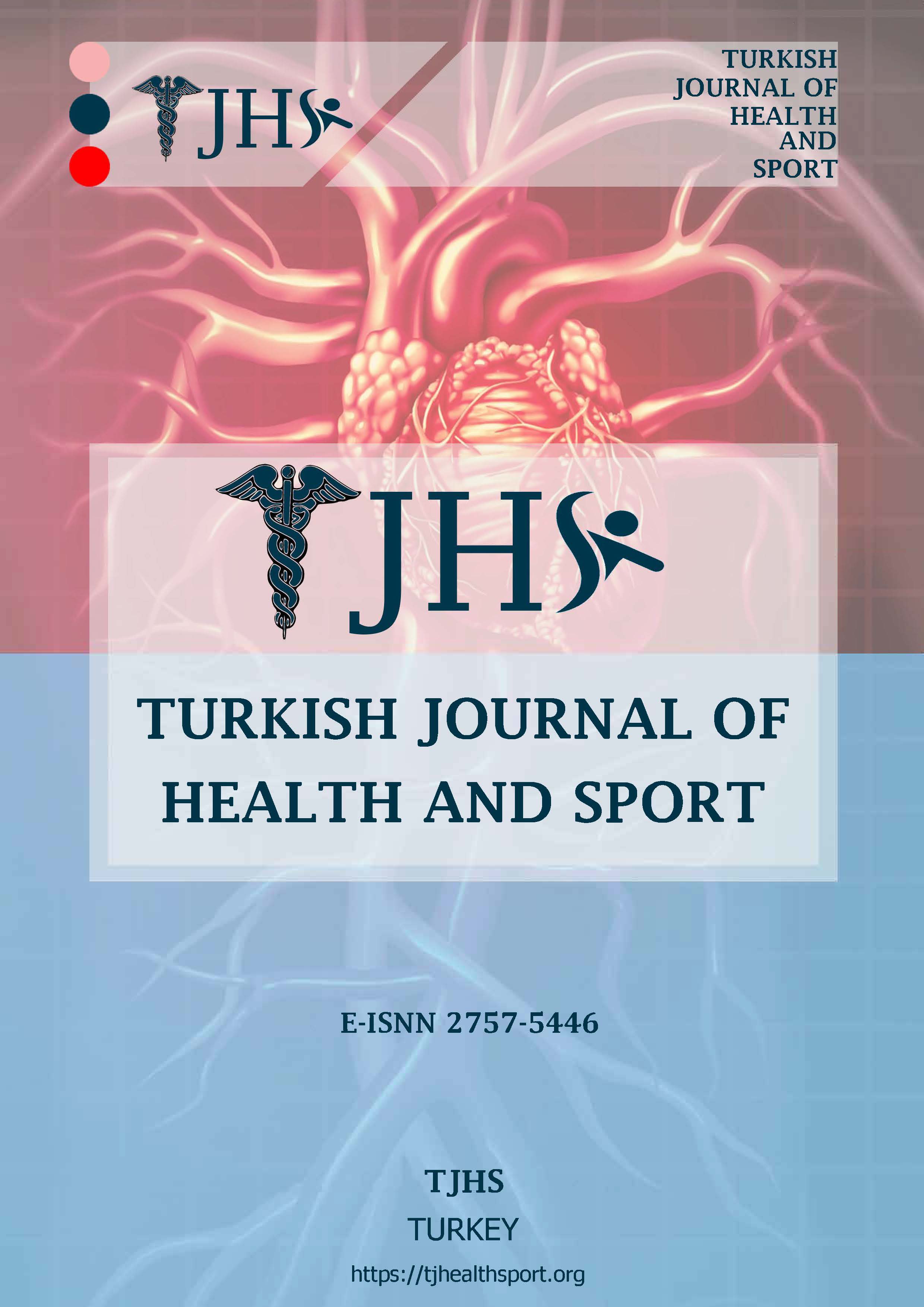Author :
Abstract
Amaç: Bu çalışmanın amacı sıçanlarda melatonin eksikliği veya desteğinin kalp element metabolizması üzerindeki etkilerinin araştırılmasıdır.
Yöntemler: 32 adet erişkin erkek sıçan üzerinde gerçekleştirilen çalışmada hayvanlar eşit sayıda 4 gruba ayrıldı. Kontrol (Grup 1), Melatonin (Grup 2), Pinealektomili “Px” (Grup 3), Pinealektomi+melatonin (Grup 4). Grup 2 ve 4’ü oluşturan sıçanlara 4 hafta boyunca 3 mg/kg melatonin subkutan olarak verildi. Grup 3 ve 4’ü oluşturan hayvanların genel anestezi altında pineal bezleri çıkartıldı. Dört haftalık uygulamaların bitiminde sakrifiye edilen hayvanlardan kalp doku örnekleri alındı. Alınan kalp doku örneklerinde element düzeyleri atomik emisyonda (µg/dl) tayin edildi.
Bulgular: Kalp dokusundaki en düşük potasyum ile en yüksek magnezyum, sodyum ve demir düzeyleri pinealektomili grupta (Grup 3) elde edildi (p<0.001). Yine Grup 3’ün kalp çinko değerleri diğer grupların tamamından yüksekti (p<0.001), Grup 4’ün kalp çinko düzeyi ise grup 3’den düşük, grup 1 ve 2’den yüksekti (p<0.001). Kalp dokusundaki selenyum seviyeleri pinealektomili gruplarda (grup 3 ve 4) grup 1 ve 2’ye göre anlamlı şekilde düşük bulundu (p<0.001).
Sonuç: Mevcut çalışmanın sonuçları kalp element metabolizması ile pineal bez arasında önemli bir ilişkiye dikkat çeker. Kalp dokusundaki element metabolizmasının regülasyonu melatoninin fizyolojik düzeylerde varlığını gerektirir.
Keywords
Abstract
Background: The aim of this study is to investigate the effects of melatonin deficiency or supplementation on cardiac element metabolism in rats.
Methods: In the study conducted on 32 adult male rats, the animals were divided into 4 equal groups. Control (Group 1), Melatonin (Group 2), Pinealectomy “Px” (Group 3), Pinealectomy+melatonin (Group 4). Rats in groups 2 and 4 were given 3 mg/kg melatonin subcutaneously for 4 weeks. The pineal glands of the animals in groups 3 and 4 were removed under general anesthesia. At the end of the four-week applications, heart tissue samples were taken from the sacrificed animals. Element levels in the heart tissue samples taken were determined in atomic emission (µg/dl).
Results: The lowest potassium and the highest magnesium, sodium and iron levels in the heart tissue were obtained in the pinealectomy group (Group 3) (p<0.001). Again, heart zinc values of Group 3 were higher than all other groups (p<0.001). The heart zinc level of group 4 was lower than group 3 and higher than groups 1 and 2 (p<0.001). Selenium levels in the heart tissue were found to be significantly lower in the pinealectomy groups (groups 3 and 4) compared to groups 1 and 2 (p<0.001).
Conclusion: The results of the current study highlight an important relationship between cardiac element metabolism and the pineal gland. Regulation of elemental metabolism in cardiac tissue requires the presence of melatonin at physiological levels.





